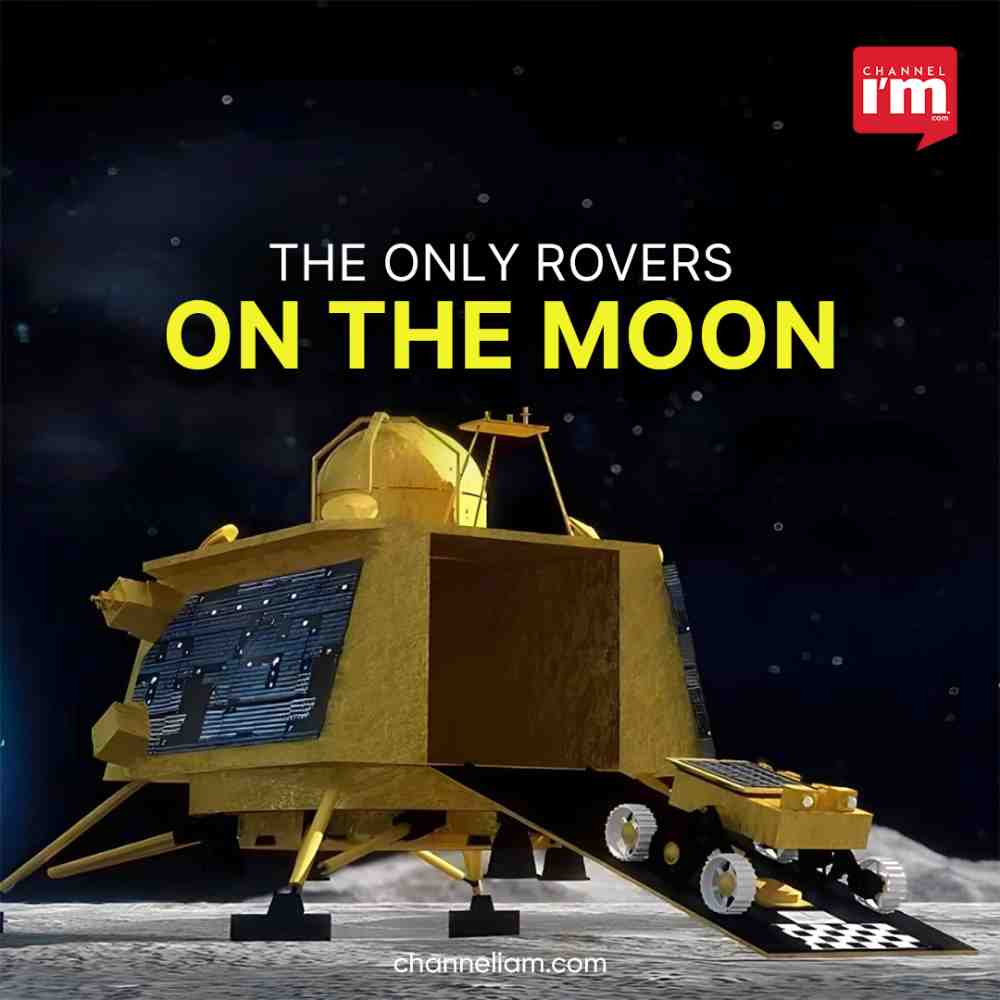Following Chandrayaan 3’s successful Vikram lander touchdown, India’s Pragyan rover has made its presence felt on the moon’s south pole. China’s Yutu 2 rover, sent by Chang’e 4, is the only other active rover on the lunar surface.

Tracking Yutu 2’s Progress
China’s Yutu 2, affectionately known as Jade Rabbit, remains a dynamic presence on the lunar landscape. While specific updates are scarce, Bloomberg reported the rover to be actively traversing the moon’s surface, demonstrating resilience in lunar nights with temperatures plummeting to -170°C.
Calculating Rover Distances
Experts have estimated the approximate distance between Pragyan and Yutu 2 to be around 1,891 to 1,948 kilometers. Syed Ahmed, a former ISRO NASA scientist, and space expert Shanmuga Subramanian concur on this estimation, highlighting this unique instance of having two consecutive rovers on the Moon.
Divergent Mission Scopes
Pragyan and Yutu 2 each have distinct missions. While Pragyan is conducting surveys near the lunar south pole with a limited operational range of 500 meters from its lander Vikram, Yutu 2 has maintained proximity to its initial landing site since its operational start in early 2019.
Mission Durations and Future Endeavors

Pragyan’s mission life is confined to one lunar day, approximately 14 Earth days, due to its power source limitations. Yutu 2, operational for several years, continues its scientific journey. China’s Chang’e 6 mission aims to collect samples from the Moon’s far side, showcasing the nation’s ambitious lunar exploration plans.
Broader Lunar Exploration Landscape
Beyond Pragyan and Yutu 2, various lunar orbiters are active, contributing to our understanding of the Moon. Notable participants include NASA’s Artemis P1 and P2 probes, Lunar Reconnaissance Orbiter (LRO), ISRO’s Chandrayaan-2, and Korea Pathfinder Lunar Orbiter (KPLO). While some past missions like Kaguya/SELENE (2009) and Chandrayaan-1 (2008) have concluded, others continue to operate.

China’s Queqiao’s Strategic Move
China’s Queqiao, a data relay satellite launched with Chang’e 4, showcases strategic mobility. It shifted to a halo orbit near Earth-Moon L2 point, enhancing its communication capabilities and augmenting data relay operations.
